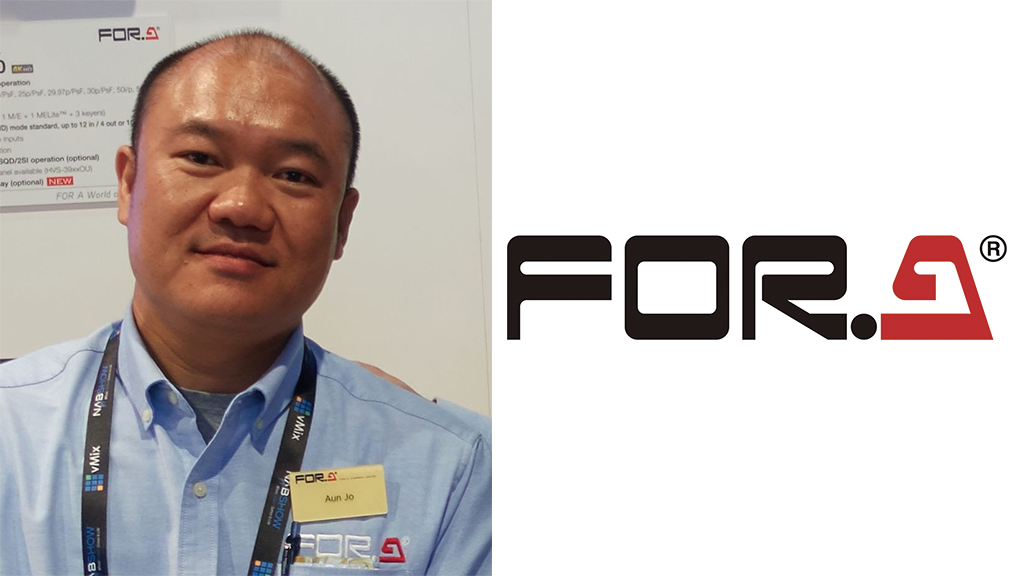ESPN is learning how to cost-effectively produce 3-D telecasts
ESPN
has been making some big promises about bringing to home viewers a minimum of 85 sporting events in 3-D over the next year. Those programs will launch on the fledgling ESPN 3D network on June 11 with a World Cup soccer match between South Africa and Mexico. The network said it eventually will air 25 World Cup matches, Summer X Games, college basketball and football and the BCS National Championship game.
In the meantime, ESPN's production staff is learning how to produce -3D programming in the most efficient and cost-effective way. It's a lesson that many will be watching and ultimately benefiting from.
At ESPN's Wide World of Sports complex in Orlando, FL, the network did an experiment with a Harlem Globetrotters game in February to learn the logistics of using a single production truck for both 2-D and 3-D sports programming. The game, whose broadcast was delayed until the next day, became the ideal venue for ESPN's director, TD and production team to practice and learn the complexity of producing dual images and keeping them in sync. (During a recent 3-D hockey game, MSG Network employed six “stereographers” onboard a Game Creek Video truck to monitor and adjust the feeds from six camera positions. That was in addition to the traditional production crew.)
For the one-year commitment ESPN made to produce the 3-D games, the network has budgeted for and will use two trucks: one for 2-D and the other for 3-D. However, using two trucks is expensive, and there isn't room at many venues for double the production gear. The network knows it must consolidate both 2-D and 3-D activities eventually to a single production vehicle.
For the practice run in February, ESPN used NEP Supershooter's SS3D truck, a 53ft unit built in a partnership with 3-D guru Vince Pace. For this test, the network used a single set of 3-D cameras to shoot the game. It recorded the left-eye feed from the 3-D cameras to produce a tape-delayed 2-D broadcast, which aired the following night.
The NEP truck has a 3-D viewing area where the production team can watch the action on LCD monitors while wearing passive 3-D glasses. There's also a “convergence station,” where operators can dynamically adjust the depth of field for multiple cameras. The gear package includes PACE Fusion 3D camera rigs outfitted with Sony HDC-1500 cameras; a Sony switcher and tape machines; two six-channel EVS XT[2] replay servers; and a Solid State Logic Aysis digital audio console.
The professional video industry's #1 source for news, trends and product and tech information. Sign up below.
ESPN's vice president of technology, Chuck Pagano, said the test was a success and that the sports network is now convinced that 2-D and 3-D productions can be produced with a single mobile vehicle.
ESPN will launch its 3-D network on June 11 with the broadcast of about two dozen World Cup soccer games. It will not be a 24/7 3-D channel, but initially relegated to specific events.
At the 2010 NAB Show, ESPN will show footage and share details of its upcoming S3D Network as part of a panel discussion entitled "ESPN: Scoring a Field Goal in S3D Sports" (April 12 at 3 p.m. in Room N109, LVCC).
